The Asus FonePad 7 FE375CG might not say much on a first look and you might think of it as one of the countless Asus 7 inch Android slates available these days, but if you’ll get past the initial impression, you’ll find that there are a few aspects that actually put this device on the map.
Those include the front-facing dual-speaker system, the recent Intel Moorefield hardware platform powering it, the 3G modem included, the dual-SIM support and, for sure not least, the price.
But is the FonePad 7 FE375CG worth your hard earned buck and does it have any hidden flaws? Well, stick with me till the end of this review and you’ll find out.
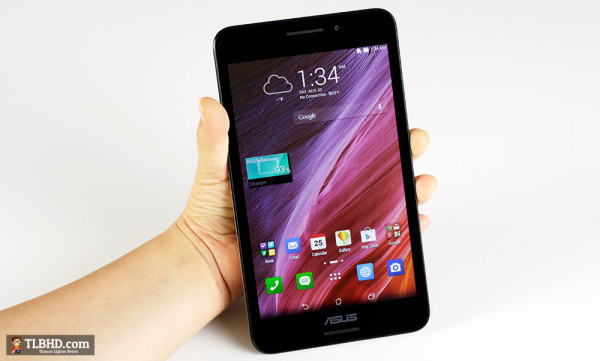
This is the Asus Fonepad FE375CG – a dual-SIM Moorefield powered 7 inch tablet that sells for roughly $200
But first, have a look at the specs sheet, so you’ll get a larger picture of what we’re dealing with here.
| Asus Fonepad 7 FE375CG spec sheet | |
| Screen | 7 inch, 1280 x 800 px, IPS |
| Hardware | Intel Atom Moorefield Z3560 1.83 GHz, quad-core + PowerVR 6430 graphics |
| Memory | 1 GB RAM |
| Storage | 16 GB (11.1 available) |
| Connectivity | Wireless N, Bluetooth, GPS, 3G – HSPA (dual-sim) |
| Sensors | accelerometer, compass, gyroscope, light-sensor |
| Ports | micro-USB, microSD card reader (up to 64 GB card), headphone jack |
| Cameras | 5 MPx back camera, 2 MPx front camera |
| Battery | 15 Wh |
| OS | Android 4.4.2 KitKat with ZenUI |
| Size | 194.3 x 108.9 x 9.8 mm (7.65 x 4.29 x 0.39 inches) |
| Weight | 299 g (0.66 pounds) |
| Others | dual front-facing speakers, available in a bunch of colors, matching cases offered |
| Price | $199 |
Design and first impression
On the outside this FonePad looks like a standard 7 inch tablet. It’s fairly compact and fairly light, pretty much like the Asus Memo Pad ME176C tested a while ago, although a bit thinner (as shown by the narrower lateral bezel around the screen) and longer.
There’s glass covering the front face, with two individual cuts on top and below the display for the front-facing speakers, which are actually quite good and loud, as long as you don’t keep the device on the Power Saving option from the included Audio Wizard app.
I believe it actually ships (at least this tested unit did) with this option selected by default, that’s why you might think the speakers are pretty bad when you’ll get the slate out of the box, but make sure you switch to Music or something else in Audio Wizard and you’ll be fine.
The back is made from what looks like painted plastic and I have the Gold version for this review, which I’m really not a fan of. Luckily there are other colors available as well, but the coating seems fragile, somewhat cheap, and I worry it’s going to scratch and dent easily, so you might want to keep this inside a case.
Asus does have a few of them available and I’ve tested the one called View Folio Cover, made of some sort of textured faux-leather, with a circular cut that pairs smartly with the software interface and shows various details, like the time and date, or who’s calling you.
Other from that, you’ll fidn the standard features on the device, including the fornt and rear-cameras, the microUSB port placed on the top lip, plus the Power button and volume rocker on the right, again too close together, so you might end up turning off the screen while looking to turn down the volume.
Phone and 3G abilities
Back to what I said earlier, yes, this thing can be used as a phone. In fact, it offers room for two different SIMs and an up to 64 GB microSD card, all hidden behind an accessible plastic cap on the phone’s left edge.
You can use either of the SIMs at the same type. When having only only inserted, it will be used for both voice and data services. When having both, you can select which one of them is used for data and then you can make/take calls or send/receive text-messages on either of them. The dialer is smartly designed to show you the available SIMs. For instance, when there are two inserted, you can select which one you want to use, when there’s only one, it only displays it and tells you if it’s inserted in the 1st or the 2nd SIM slot.
I was satisfied with the cellular performance of this Fonepad. It does not support 4G/LTE speeds, but it’s still going to be fast enough for daily use. I also haven’t encountered any problems while taking calls on it, although the earpiece is not very loud, so you’ll have a hard-time hearing the other person in a noisy room, and the microphones don’t do a great job at catching your voice, so you’ll sound somewhat muted on the other end of the call.
Besides that, the proximity sensor that turns OFF the screen when having the tablet at your ear is really slow and takes 1-2 seconds to react and turn the display back ON, which is going to be annoying if you want to let’s say quickly access something on the device while in a conversation.
Add these to the weird looks you’ll get when talking on a 7 inch device and you’ll probably conclude this thing is not the greatest phone there. But it gets the job done if needed. And you can always tend to a Bluetooth headset and forget about those inconveniences.
Screen
There’s a 7 inch IPS otuchscreen on this Fonepad, fairly bright (Auto brightness is also available) and capable of painting nice looking colors.
Some of you might complain about the 1280 x 800 px resolution and it’s true that pixels are visible when looking closely and especially when browsing and dealing with fonts, that looks somewhat fuzzy. But let’s not forget this is an affordable tablet and adjust out expectations accordingly.
Yes, a 1080p display would have been great, but this one will do fine and helps extend the battery life while keeping the price down. If you do care a lot about pixel density and panel sharpness though, you’d better look somewhere else (and be prepared to spend extra).
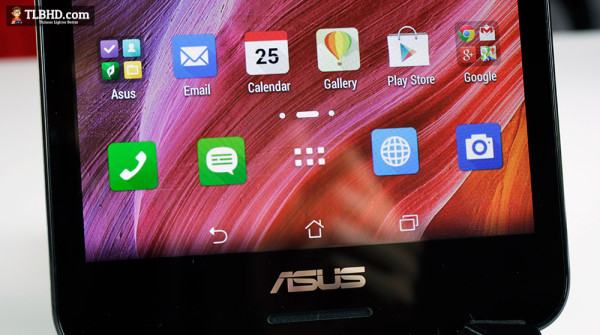
There’s a good 7 inch IPS screen on this phone, but some of you might not appreciate the HD resolution
Hardware and software
This is one of the first tablets powered by Intel’s new Moorefield hardware released into the wild, while most other tested lately were powered by BrayTrail-Z hardware.
I’m not getting in depth here, but the Z3560 is basically a quad-core CPU clocked at 1.86 GHz with PowerVR 6 Series graphics. These are only paired with 1 GB of RAM, but even so, the tablet feels fast in daily use and scores highly in most benchmarks. (Keep in mind that this is still an early sample and results might actually improve on final retails units.)
- Antutu v5.0 Beta 1 – got inconsistent results, ranging between 30000 and 47000 points;
- Quadrant – 17921;
- 3DMark Ice Storm Unlimited: 14765;
- Manhattan – 1201 (19.4 fps, 1080p Manhattan Offscreen – Out of Memory , T-Rex – 2287 (40.8 fps), 1080 T-Rex Offscreen (1658 – 29.6 fps).
MooreField is not majorly different from BayTrail-T though. They are both 22 nm platforms, but the Z3560 is a natively quad-core Silvermont based SoC with improved PowerVR (Rogue) G6430 graphics, hence the performance boost (mostly visible in the graphics department). The limited amount of RAM does drag down this particular implementation and is occasionally noticeable in everyday use. I will put up together a more detailed post comparing Intel’s BayTrail-T and Moorefield hardware platforms in the near future, so stay tuned for that.
Software wise, the Fonepad FE375CG runs Android 4.4.2 with Asus’s ZenUI skin on top, which redesigns and enhances most interface elements, from the homescreens to the multitasking panel. And I do appreciate some of the changes, like the Quick Settings panel that also allows you to adjust the screen’s brightness and Free RAM in case performance gets poor or the app drawer where you can list only the downloaded apps or have them sorted based on popularity.
On top of these, Asus does bundle some software on this FonePad, like they do on all their other slates. And that includes a File Manager, the Audio Wizard, the Splendid app that lets you adjust the screen’s white balance and color intensity, the Do it Later to-do list and task manager or the Webstorage, that includes some free cloud storage space for the first year with your tablet. There’s also the ZenLink suite that allows to easily share content between different devices and connect wirelessly to a big screen or remotely to a computer.
Long story short though, the Asus FonePad FE375CG does provide an enjoyable everyday experience. It’s fairly snappy, offers access to plenty of apps and can handle decently well most of the things you’ll throw at it, including games like Asphalt 8 or Real Racing 3. The nice screen and punchy speakers also add to the overall impression, as well as the impressive battery life and I’d say this does run mostly smoother than the Asus BayTrail-T Memo Pads I’ve tested recently.
However, you should know that the tablet gets a bit warm on the back when pushed, in the middle, beneath the camera’s lens, and Intel’s Moorefield is still only a mid-range platform, so don’t expect this thing to be the fastest out there and get used to the idea that it will occasionally choke if you’ll push it heavily, especially since it only packs only 1 GB of RAM.
Battery life
This FonePad gets a 15 Wh battery and Intel’s platform is really efficient. A single charge will get you countless hours of stand-by time, with the Wi-Fi syncing in the back, and you can roughly expect 8 hours of daily use from this one or about 6 with the cellular modem continuously turned ON. If you plan on using it as a phone, the FE375CG will easily get you through the day as long as you let it rest from time to time.
I did had to rush through this part of the review though and lacked the time to properly test the battery life under various circumstances, so I can’t exactly tell you how much it will last while running games or movies. I’ll hopefully update this part in the near future, but for now, take the numbers with a grain of salt.
My overall impression on this slate’s battery life is solid though and I believe the Moorefield platform is a step forward from the Baytrail-T tested on the MemoPad ME176C and ME181C. Oh, and you also get several Power Saving Modes in case you actually want to squeeze the most out of this FonePad, while limiting performance and connectivity.
Price and availability
From what I can tell right now, the Fonepad FE375G will be soon available in stores in select regions, including Asia and Eastern Europe. I can’t say for sure though if the Western countries, South America or the US will get it as well, but I will update this section once I know more.
My contacts at Asus suggest a price-tag of around $200 (200 euros), which is definitely not bad for what this thing has to offer.
Wrap-up
The FonePad FE375CG is imh the go-to option for an A-Brand tablet with cellular connectivity right now IF you’re on a limited budget.
You can probably find cheaper 7 inch slates with a 3G modems from various OEMs, but I can’t comment on these, they vary from region to region. I can however recommend this FonePad. I own the original FonePad (the ME371MG, if I’m not mistaken) and this newer model is a major improvement in terms of performance, software package and battery life. And then you get those other goodies on top: it can take two SIMs, one for voice, one for data, it gets front-facing speakers, it’s available in different colors and Asus offers a handful of matching cases for it.
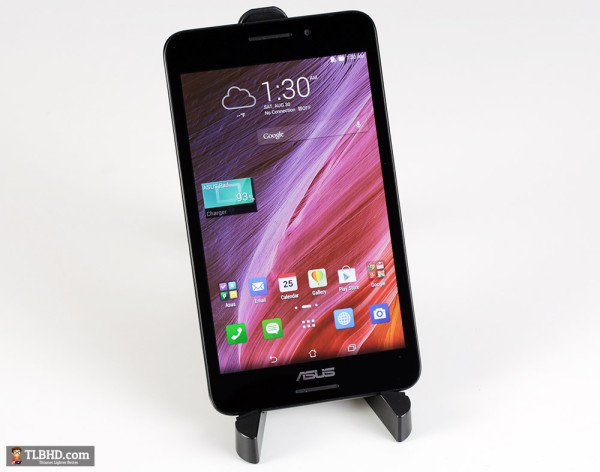
The Asus FOnePad FE375CG has no major issues and is a solid pick if you’re after an affordable 7 inch tablet with 3G connectivity
On the other hand, if you don’t need a cellular tablet, the Asus’s MemoPad ME176C remains a more affordable options, selling for just under $150. However, this Fonepad performs overall smoother and lasts slightly longer on a charge, but a Moorefield version of the Memo Pad will probably hit the shelves in the near future as well.
Anyway, to wrap this up, I can hardly complain about anything on this tablet, and you know me, I always complain about something. There are minor aspects that Asus could improve, like the painted plastic case that feels a bit cheap or the overall Wi-Fi speed, which is not on par with the other (more expensive) slates I have around, but let’s not forget this is a 200 bucks device and it just can’t be spotless.
On the other hand, some of you might complain about the low resolution screen and limited amount of RAM, and I agree that the latter can be a problem sometimes, but again, 200 bucks won’t get you those right now, at the time of this article (September 2014), not in an A-brand slate. So if you do want them, be prepared to pay extra for something like the Nexus 7 2013 LTE ($300+) or any of the new devices that will be launched in the near future (keep in eye on the new Nexus slate).
To conclude, this is a good buy. But I’d like to know what you guys think about the Asus Fonepad FE375CG, if you like it or not, if you think it’s worth you money or you’d rather get something else instead. So make sure to leave you impressions and questions, if any, in the comments section below. I’ll be around to reply. Thanks for sticking by!

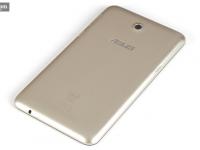
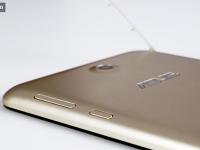
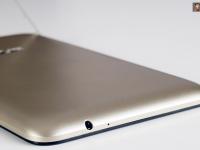
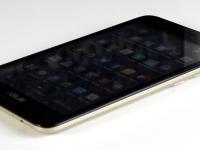
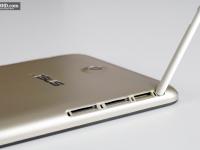
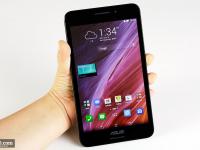
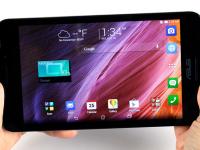
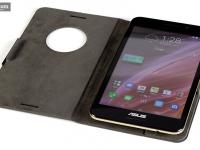
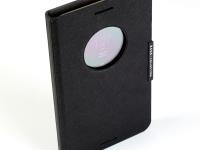
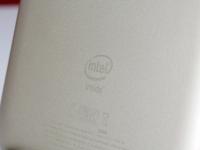
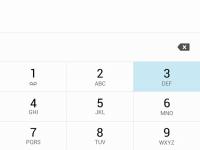

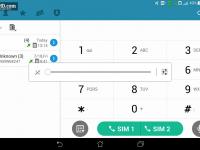

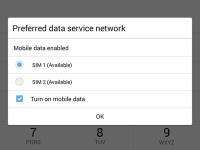
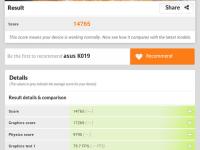
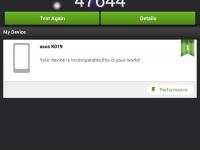
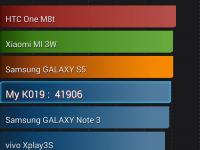

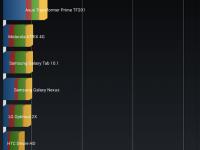
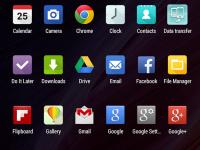
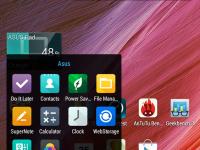
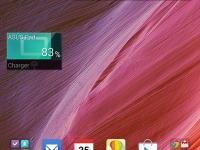
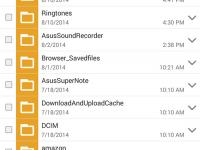
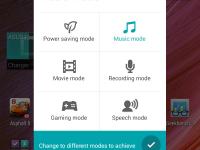

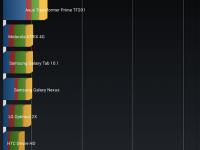
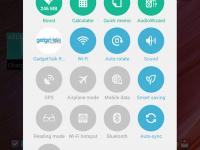
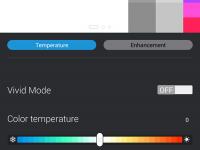

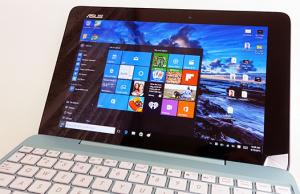
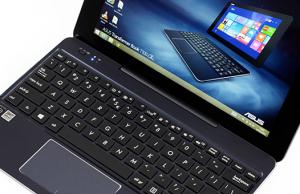
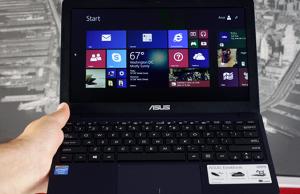
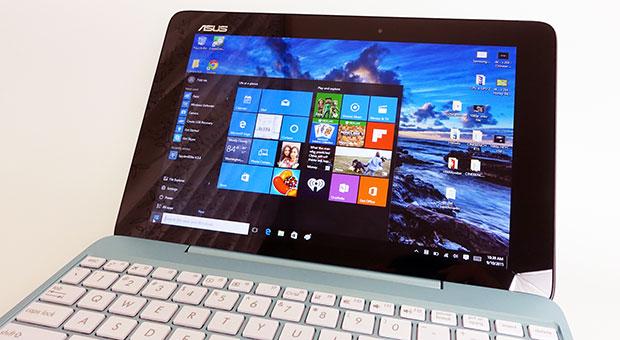




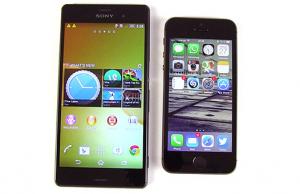




sepehr
November 4, 2014 at 3:42 pm
I have this tablet and i’m quite satisfied with it, only some software improvements are necessary, some lags are just because of zenui